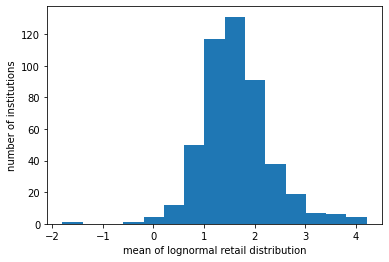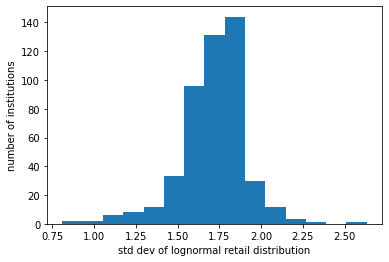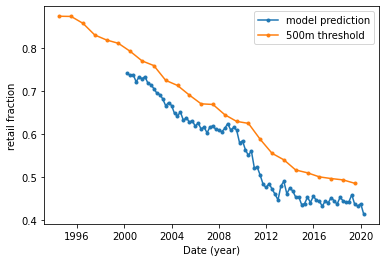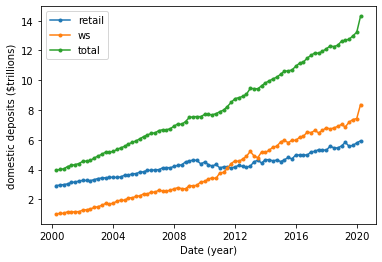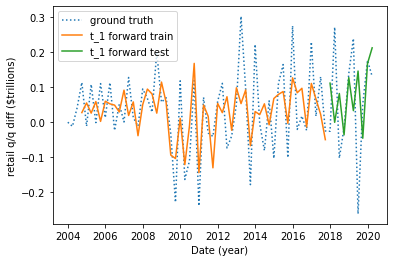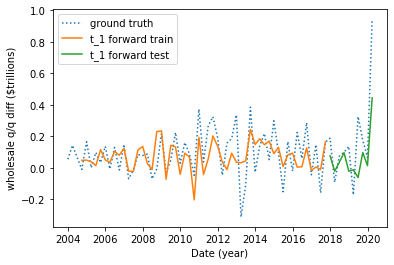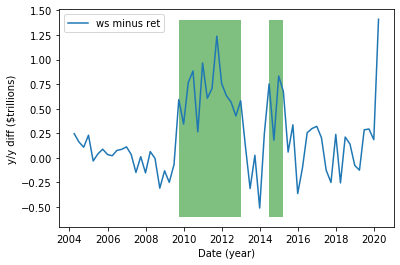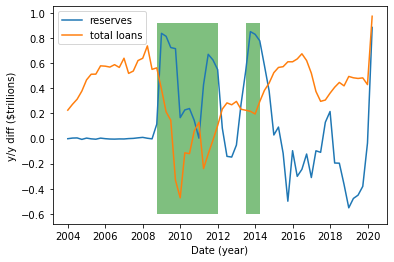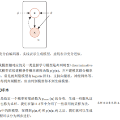This paper examines deposits of individuals ("retail") and large companies ("wholesale") in the U.S. banking industry, and how these deposit types are impacted by macroeconomic factors, such as quantitative easing (QE). Actual data for deposits by holder are unavailable. We use a dataset on banks' financial information and probabilistic generative model to predict industry retail-wholesale deposit split from 2000 to 2020. Our model assumes account balances arise from separate retail and wholesale lognormal distributions and fit parameters of distributions by minimizing error between actual bank metrics and simulated metrics using the model's generative process. We use time-series regression to forward predict retail-wholesale deposits as function of loans, retail loans, and reserve balances at Fed banks. We find increase in reserves (representing QE) increases wholesale but not retail deposits, and increase in loans increase both wholesale and retail deposits evenly. The result shows that QE following the 2008 financial crisis benefited large companies more than average individuals, a relevant finding for economic decision making. In addition, this work benefits bank management strategy by providing forecasting capability for retail-wholesale deposits.
翻译:本文审查了美国银行业的个人存款(“零售”)和大公司存款(“批发”)和大公司存款(“批发”),以及这些存款类型如何受到宏观经济因素的影响,如量化宽松(QE)等。没有持有者存款的实际数据。我们使用银行金融信息数据集和概率基因化模型来预测2000年至2020年的零售批发存款。我们的模型假设账户余额来自单独的零售和批发逻辑正常分配以及适当的分配参数,办法是利用模型的基因化过程尽量减少实际银行计量和模拟计量之间的错误。我们利用时间序列回归来预测零售批发存款作为贷款、零售贷款和美联储银行储备余额的功能。我们发现储备的增加(代表QE)增加了批发存款而不是零售存款,贷款的增加平衡地增加了批发存款和零售存款。结果显示,2008年金融危机之后的QE使大公司受益超过普通个人,这是经济决策的相关结果。此外,通过提供零售批发存款的预测能力,使工作银行管理战略受益。

